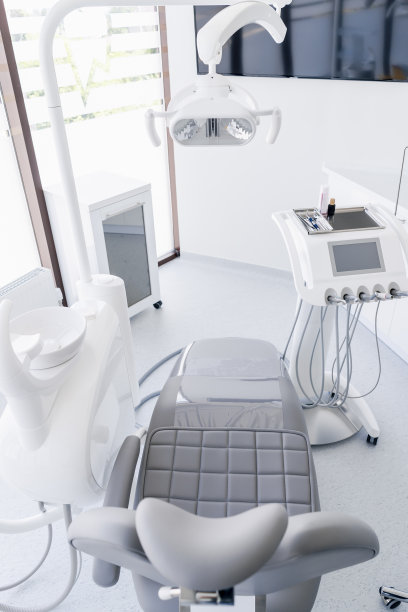The Complete Guide to Extracting a Tooth Painlessly and Safely for Optimal Dental Health
Summary: Extracting a tooth can be a daunting experience for many, but with the right approach, it can be done safely and painlessly. This guide provides a comprehensive overview of tooth extraction, focusing on understanding when an extraction is necessary, methods for ensuring a pain-free experience, aftercare tips for optimal healing, and the importance of consulting with a dental professional. By following this guide, individuals can navigate tooth extraction with confidence and prioritize their dental health.
1. Understanding When Tooth Extraction is Necessary

Tooth extraction is not a decision to be taken lightly. It is typically advised when a tooth is severely decayed, infected, or causing overcrowding. Recognizing the signs that indicate a tooth may need removal is critical. Persistent pain, swelling, or an abscess can signal that professional intervention is necessary.
Another common situation where extraction is considered is in preparation for orthodontic treatment. If teeth are misaligned and preventing proper closure, removing some may create the necessary space for adjustments. In cases of wisdom teeth, extraction is commonly recommended when they do not fully erupt or grow at an angle, leading to complications.
In summary, an understanding of specific dental issues informs when an extraction is warranted. Consulting with a dental professional can help to clarify these situations, ensuring that unnecessary procedures are avoided.
2. Methods for Painless Tooth Extraction
A crucial aspect of any tooth extraction process is ensuring the patients comfort. Dentists typically utilize local anesthesia, which numbs the area around the tooth, making the extraction virtually painless. Some patients may also benefit from sedation options for a more relaxed experience.
Additionally, technological advancements in dentistry provide alternative methods for extraction. Laser dentistry, for example, minimizes discomfort and reduces healing time by targeting the tooth with precision. Knowledge of these techniques can alleviate anxiety for individuals fearing pain during the procedure.
It is essential for patients to communicate their concerns and preferences with their dentist before the procedure. An open dialogue fosters a trusting relationship and allows for a tailored approach to pain management, prioritizing the comfort of the patient.
3. Aftercare Tips for Optimal Healing
Post-extraction care is vital for ensuring proper healing. Patients are advised to bite down on gauze for about 30 minutes following the procedure to control bleeding. It is crucial to avoid rinsing the mouth vigorously within the first 24 hours, as this might dislodge the blood clot that forms in the socket and lead to dry socket, a painful condition.
Diet plays a significant role in recovery as well. Soft foods, smoothies, and plenty of fluids are recommended to prevent irritation while allowing the area to heal. Its best to stay away from hot, spicy, or hard foods in the days following the extraction.
Monitoring the extraction site for signs of infection is also essential. If symptoms such as increased pain, swelling, or fever develop, prompt clinical evaluation is necessary to prevent complications. Adhering to these aftercare guidelines promotes efficient healing and optimal dental health.
4. Importance of Consulting a Dental Professional
Consultation with a dental professional cannot be overstated when it comes to tooth extraction. Dentists possess the necessary expertise to assess each unique situation and recommend the appropriate course of action. This is essential in avoiding unnecessary extractions that could lead to complications.
Additionally, dental professionals are equipped to identify underlying issues that may impact dental health, such as gum disease or bone loss. Treating these conditions prior to extraction can improve outcomes and expedite recovery.
Establishing a relationship with a trusted dentist ensures that individuals have access to necessary follow-up care. Regular check-ups and discussions about oral health concerns enhance long-term dental wellness, making consultation a crucial element before and after any dental procedure.
Summary:
The process of extracting a tooth, when done properly, can be painless and safe, leading to optimal dental health. Understanding when extraction is necessary, exploring pain management methods, adhering to aftercare practices, and consulting dental professionals are key components of this experience. Each aspect plays a significant role in ensuring that individuals approach tooth extraction with confidence, knowing they are caring for their overall dental health.
This article is compiled by Vickong Dental and the content is for reference only.


